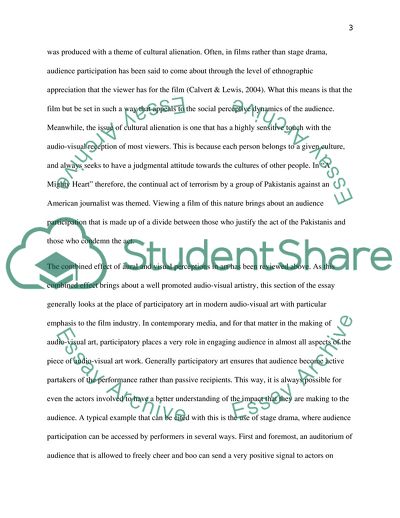Cite this document
(The Role of Participatory Art in the Audio-Visual Artistry Essay - 1, n.d.)
The Role of Participatory Art in the Audio-Visual Artistry Essay - 1. https://studentshare.org/visual-arts-film-studies/1804779-sound-and-vision-interaction-bw-artist-and-audience
The Role of Participatory Art in the Audio-Visual Artistry Essay - 1. https://studentshare.org/visual-arts-film-studies/1804779-sound-and-vision-interaction-bw-artist-and-audience
(The Role of Participatory Art in the Audio-Visual Artistry Essay - 1)
The Role of Participatory Art in the Audio-Visual Artistry Essay - 1. https://studentshare.org/visual-arts-film-studies/1804779-sound-and-vision-interaction-bw-artist-and-audience.
The Role of Participatory Art in the Audio-Visual Artistry Essay - 1. https://studentshare.org/visual-arts-film-studies/1804779-sound-and-vision-interaction-bw-artist-and-audience.
“The Role of Participatory Art in the Audio-Visual Artistry Essay - 1”. https://studentshare.org/visual-arts-film-studies/1804779-sound-and-vision-interaction-bw-artist-and-audience.


